When it comes to bathroom renovations, one common issue that homeowners often face is the misalignment between the toilet's sewage outlet and the existing drainage pipe. This mismatch usually means that the toilet has to be moved, which is where a toilet shifter becomes necessary. But is it really better to buy multiple shifters? And what are the steps involved in installing one? Let me break it down for you today.
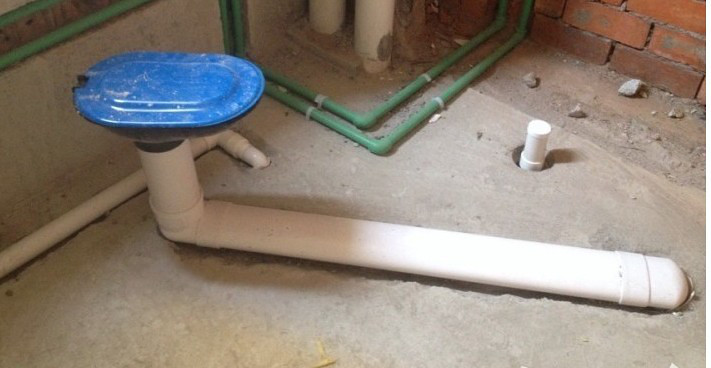
What Exactly Is a Toilet Shifter?
A toilet shifter is essentially a plumbing fitting used to adjust the position of a toilet when there's a mismatch between the toilet's waste outlet and the drain pipe. It allows for minor repositioning without having to tear up the floor or make major structural changes. This can be a practical solution if the distance is small and the installation is done correctly.
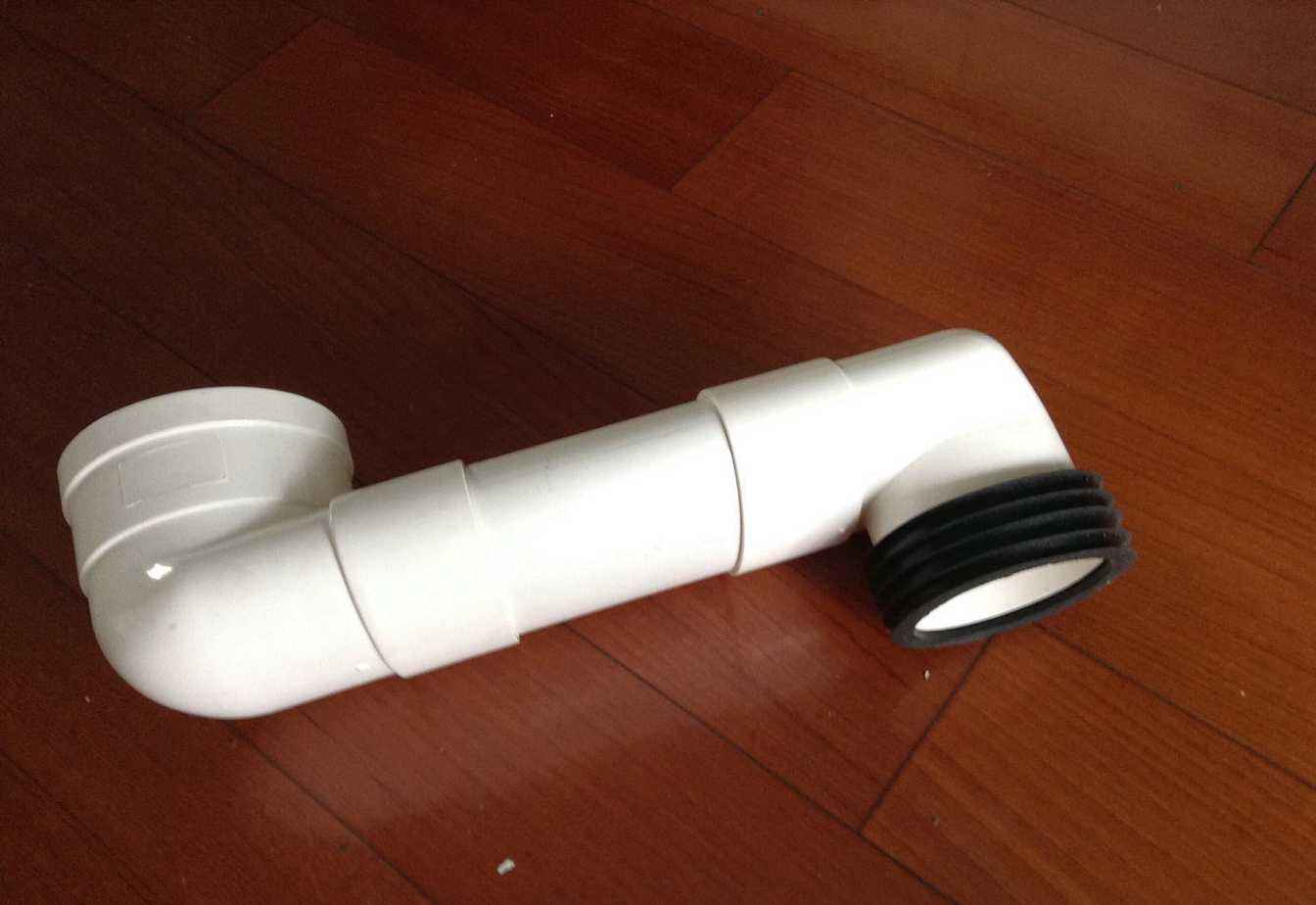
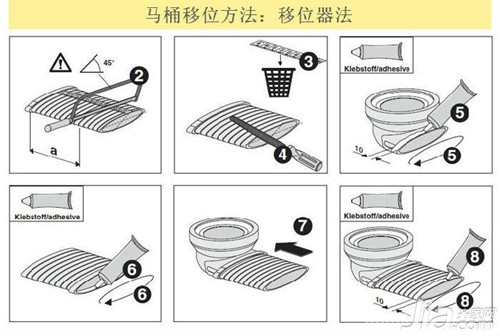
Pros and Cons of Using a Toilet Shifter
While a toilet shifter can solve alignment issues, it's not always the best option. One major drawback is that it can lead to more frequent clogs due to the increased number of bends in the drainage system. These bends may also cause pressure imbalances, leading to sewer gas backflow or poor flushing performance. Therefore, it's recommended to use a shifter only when absolutely necessary and avoid making the connection too long.
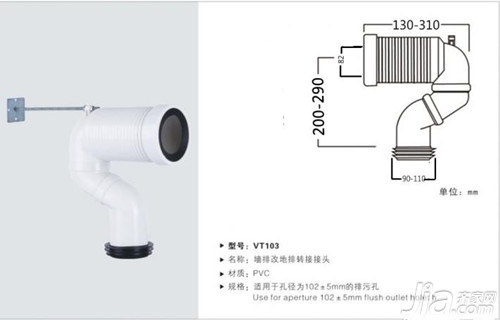
Price Range of Toilet Shifters
The cost varies depending on the type and length of the shifter. Here's a general price guide:
- Short-distance shifter: ¥20–¥40
- Long-distance shifter: ¥60–¥100
Important Tips for Using a Toilet Shifter
The longer the shift, the steeper the slope needs to be. It's best to install the shifter before laying the floor tiles. In some cases, you might need to raise or lower the ground level slightly, depending on the layout. If you're only moving the toilet by a few centimeters, it’s usually manageable. However, moving it more than 10mm is not advisable. Also, remember that the shifter should only be installed after the floor tiles are in place.
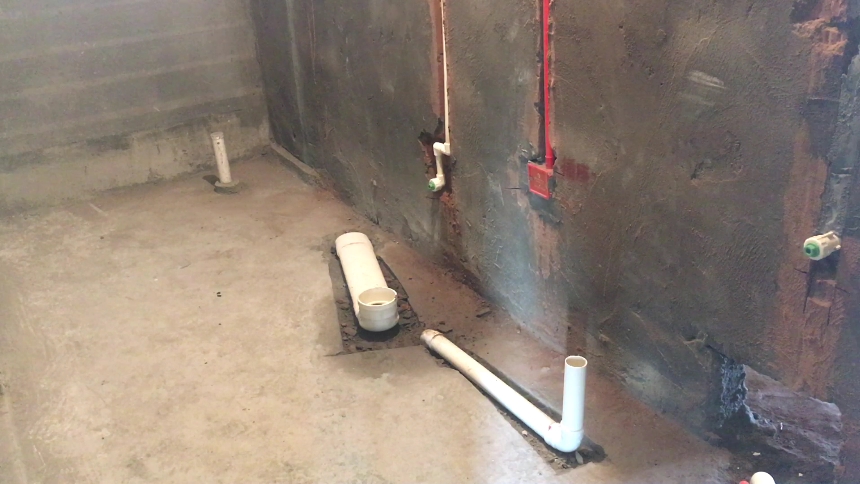
Moving the toilet can be a hassle, and using a shifter isn't the only solution. Two other common methods include raising the floor to accommodate the new pipe position or repositioning the toilet by changing its orientation (e.g., from front to rear). Each method has its own set of challenges and costs, so it's important to evaluate your specific situation before deciding.
To move the toilet on the ground, you’ll need to reroute the pipeline to the new location, which often requires raising the floor to hide the pipes. On the other hand, repositioning the toilet by shifting it from front to rear can help keep the piping hidden and reduce the need for extensive floor work.

Editor’s Summary
In summary, while a toilet shifter can be a useful tool in certain situations, it's not always the best choice. Overuse can lead to clogging and drainage problems, so it's better to use it only when necessary. If you're planning a renovation, consider all options carefully and consult with a professional plumber if needed. For more tips on home improvement and bathroom design, feel free to explore our website.
What, are you still paying out of pocket for your renovation? The Qi family chose to renovate in installments with an ultra-low annual interest rate of 3.55% and a maximum loan of 1 million yuan. Apply now and enjoy exclusive discounts!
If you're interested in brand collaborations, content partnerships, or advertising opportunities on this site, please send us an email at:
Toilet shifter, bathroom renovation, floor tile, plumbing fix
Glazed Pot With Saucer , Ceramic Flower Pot With Saucer Attached
Yixing Bocai Pottery Co.,Ltd , https://www.bocaipottery.com